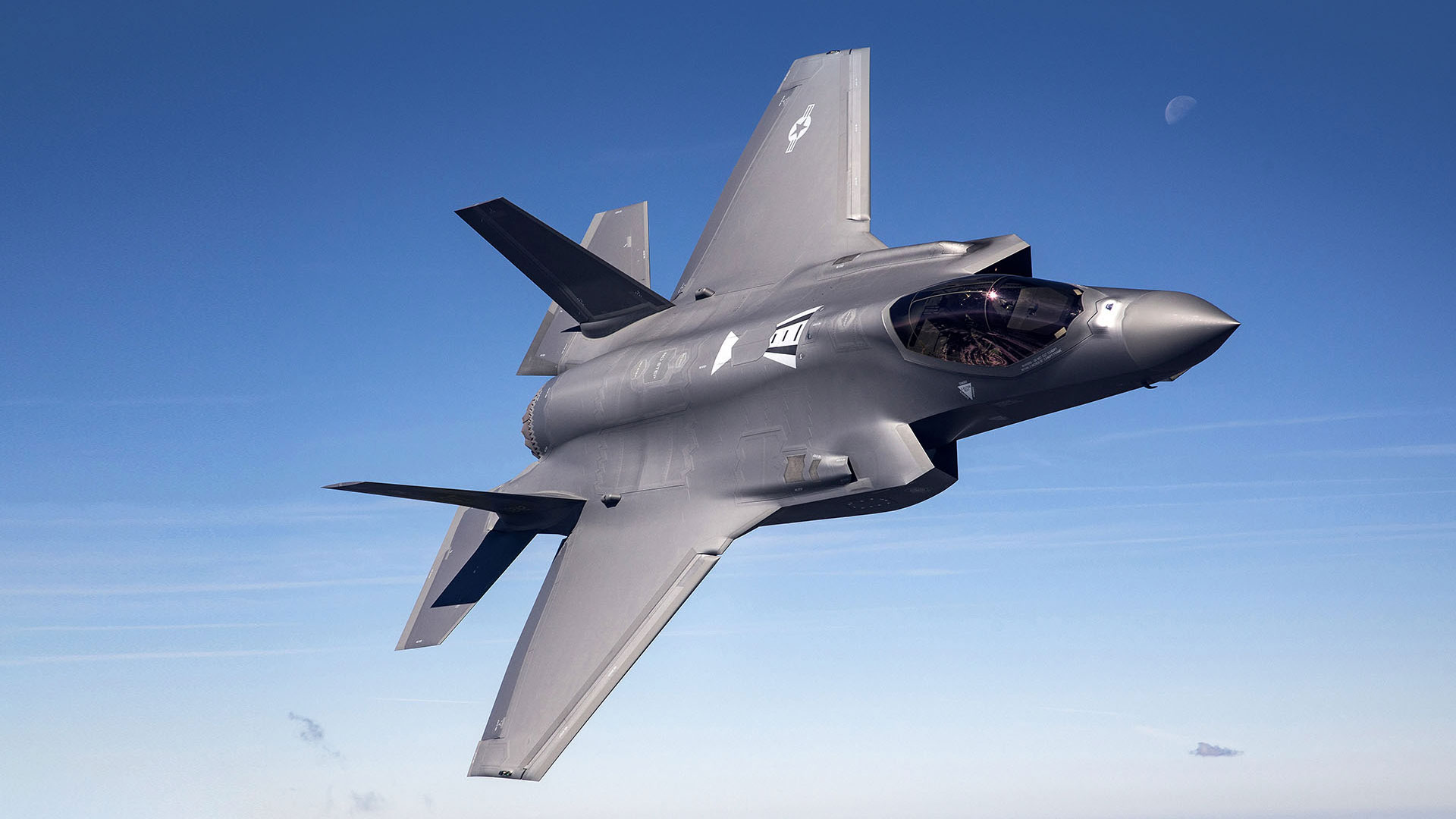The Counter-UAS Challenge:
Closing the Gap in Drone Swarm Defense
It’s the middle of the night at your Forward Operating Base. Tall, imposing deployable barrier walls ring barracks, command centers, and supply houses. Spotlights shine around the outside of the barriers, but the darkness eventually swallows everything.
Somewhere, a drone swarm approaches. It could be 10, 20, or 100 small drones, each laden with explosives. They aren’t very fast, but they are coming. In the darkness, they are virtually invisible, and you won’t hear their quiet buzzing until they are right on top of you.
According to the U.S. Department of Homeland Security, “the ability to locate and deal with drones operating in unauthorized areas is vital to maintaining secure borders and protecting assets.”
But how do you successfully defend against such a rapidly evolving threat?
“The mission demands more than better systems to shoot down drones,” said Lockheed Martin’s Counter-UAS Director Tyler Griffin. “You need diverse, integrated sensors that can track dozens of small, low-flying drones, layered effectors capable of progressively thinning the swarm, and an intelligent battle management system that can quickly match threats to effectors. In a swarm scenario, you might only have seconds between each critical decision.”

A New Approach to Drone Defense
Griffin is leading a team of engineers and mission experts to design and build a new architecture for drone defense. The system is designed to quickly detect, track, ID and mitigate each target, allowing for effective swarm defense.
The key discriminator for Lockheed Martin’s C-UAS solution is the software optimization of layered defenses. This gives operators a single, integrated system to see the information they need to make decisions quickly.
“A lot of companies are developing new sensors and new technologies to take down drones, either by shooting them down or neutralizing them with cyber or electronic warfare,” explained Griffin. “What we see, though, is a capability gap: the military needs to be able to plug all of these technologies into a single defensive system. They need a mission integrator who can tie all of this new technology together, who can optimize how it all works, such that the overall system scales from small raids to large swarms.”
According to Griffin, no two drone defense scenarios are alike. A successful C-UAS architecture needs to be flexible enough to work in a crowded jungle environment, or in an open desert, or on a shoreline. Each of those scenarios will require different sensors and shooters. A common thread, however, is that each will require smart, counter-drone software that connects everything together to calculate and deliver the most efficient response.
Lockheed Martin’s architecture is designed with an open, digital backbone, allowing forces to plug in any sensor and any shooter. That means customers aren’t locked into any single technology or vendor. It also makes information sharing across all of those platforms automatic and instantaneous.
Live Demos and Lessons Learned
The Lockheed Martin team has made major progress in recent capability demonstrations, proving the effectiveness of its integrated system for detecting, tracking, and engaging small UAVs and swarms. In one demo, the Fortem R30 radar and Lockheed Martin's advanced track processing algorithms successfully detected and tracked a Group 1 UAV, cueing the Laser Weapon System (LWS) to direct its gimbal toward the target. In a parallel test, the LWS fired at a stationary target over 700 meters away, showcasing its range and precision. These demos highlight the team's momentum in developing a comprehensive C-UAS solution capable of countering evolving threats—and bringing this critical capability closer to reality.
“Government and commercial operators need these systems now, so it’s essential for us to move fast,” Griffin said. “We’re taking a rapid, iterative approach, and will add new sensors, new interceptors, and new software in each new spiral. We’ll measure progress in days and weeks, not months.”




